Google Grant Management – what does it entail? What is required? How much time do you need? What are the different things you should be thinking about?
We’ll cover these topics in this post because they should be part of any Google Grant Management plan. Hopefully, this will be beneficial to you whether you’re working with an agency to manage your Google Ad Grant or managing it yourself.
Google Ad Grant Compliance
First is compliance. There are a number of compliance rules you should be aware of, such as:
- The minimum click-through-rate that must be maintained,
- Ensuring that you don’t have single-word keywords or low-quality score keywords,
- Making sure that your geo-targeting is appropriate and accurately represents the area you serve, and
- Making sure that your conversion tracking is in place so you can actively record the actions that people are taking on their website after they click on your ads.
This is a major part of Google Grant Management, and on a daily or weekly basis, you should evaluate your account to remove low-quality score keywords and pause keywords that have really low click-through-rates. For more information on compliance, be sure to check out this article.
Account Optimization
Another big component of Google Grant Management is optimizing ads. With the Google Ad Grant, you are required to have at least one responsive search ad per ad group. One way to optimize your ads is to do split testing. For example, if you are an animal shelter and your keyword phrase is “adopt dogs,” and you have an ad for dog adoption opportunities, you should create a second ad with different headlines to perform split testing. Google will run those two ads against each other to determine which performs better, which gets more clicks, and then, ultimately, which gets more conversions. Over time, one of these ads will begin to show more frequently. Once an ad is clearly becoming a winner, you can delete or pause the other ad and then create a new variant. And then those two ads will battle against each other and so on. You can continue to do this to improve the performance of your account over time.
Another approach that you can use is to create responsive search ads. A responsive search ad lets you write up to 15 headlines and four different descriptions for your ad. Google will algorithmically shuffle these together and show them to different people. Over time, it will figure out which formula gets the most clicks. For example, Google will use headline one and then headline seven and then headline six when people search for a certain thing. And then, they’ll use a different formula when people search for a different thing.
Responsive search ads tend to perform very well, and it allows Google to do a lot of shuffling for you. The downside, of course, is that it’s a lot of effort to come up with 15 different headlines for each of your different ads. Over time, though, it is definitely worth it. The responsive search ads we’ve seen for our clients have done extremely well. We have 375+ clients that we manage the Google Ad Grant for and we have rolled out responsive search ads for all of them because they’ve been so helpful.
Keyword Research
Another big component is keyword research and figuring out new keywords you can target with your ads. For example, if you have ads for adopting dogs, maybe there are other ways to say that, such as “adopt a puppy”, “adopt puppies”, “adopt puppy” misspelled, etc. You could come up with potentially dozens or hundreds of different keywords for different ways that people could be searching.
Then for each little cluster of those keywords, you can create individual ads. So if someone searches for “adopt a puppy,” you want to show an ad that says “adopt a puppy here.” Whereas, if someone says “adopt a dog,” your ad should say “adopt a dog.” When they Google “adopt a dog,” and they see an ad that says “adopt a dog,” those words will be in bold in the ad because Google is showing them that these are their search terms. It creates this link in folk’s brains where they think, “Oh, this is exactly what I was looking for.”
The idea is that people click on that page that says “adopt a dog,” and they immediately land on your dog adoption page, so there’s a further link in people’s brains. They say, “Okay, I searched for ‘adopt a dog’. I saw the ad and I clicked on it. And now I land on a page that is about adopting dogs. I’ve landed in the right spot.” That means that they’re very likely to continue engaging with your website. However, if someone Googled “adopt a dog”, clicked on your ad, and then landed on your homepage, they are not as likely to think that they’ve landed in the right spot, and are more likely to click the back button. This sends a sign to Google that the person who clicked on this ad did not find what they were looking for. That would encourage Google to show your ad less frequently, which you don’t want.
You can also do keyword research more broadly. You have all of your different ad groups for adopting a dog, but maybe there is other content on your website. Maybe there is information about puppy mills or about neutering or spaying or different educational topics like that. You can have different keywords and groups of ads for each of those topics. Then you’re just constantly refining that, finding new ideas, and optimizing further. One of the things that our grant managers do every week is look over each organization’s website to see if there are new ways to promote existing content so that you get the most bang for your buck from your website and the Google Ad Grant.
Conversion Tracking
The fourth thing that’s involved in Google Grant Management is conversion tracking. By installing Google Analytics and Google Tag Manager on your website, the actions people take on your site are recorded and sent to Google Ads.
For example, when someone lands on your website and fills out a form requesting more information or signing up for an email newsletter, Google Analytics and Google Tag Manager can track that conversion and send the data back to Google Ads. So when Google Ads receives that data, it says, “Okay – this is interesting. People who are searching for these specific things or people who have these specific characteristics tend to land on your website and fill out this form, which is valuable for you.” Therefore, Google Ads will bid more aggressively to get people like that because it knows that those types of people are more likely to perform conversion actions after landing on your site. It’s using fancy machine learning to do that, but it’s totally transparent to you. You don’t have to do anything other than set up the conversion tracking on your website and link Google Analytics to Google Ads, and then that data flows seamlessly. That’s a very powerful attribute of Google Analytics and Google Tag Manager, and even better, both tools are free.
Conversion tracking is a requirement for the Google Ad Grant, so you have to have at least one conversion firing each month to keep your grant compliant with Google’s rules. If you would like to learn more about conversion tracking, make sure to read this article.
I hope this has been helpful. We dive into each of these topics in more detail in other videos and articles, so make sure to subscribe to our blog. If you do have questions, feel free to drop us a line.
.svg)

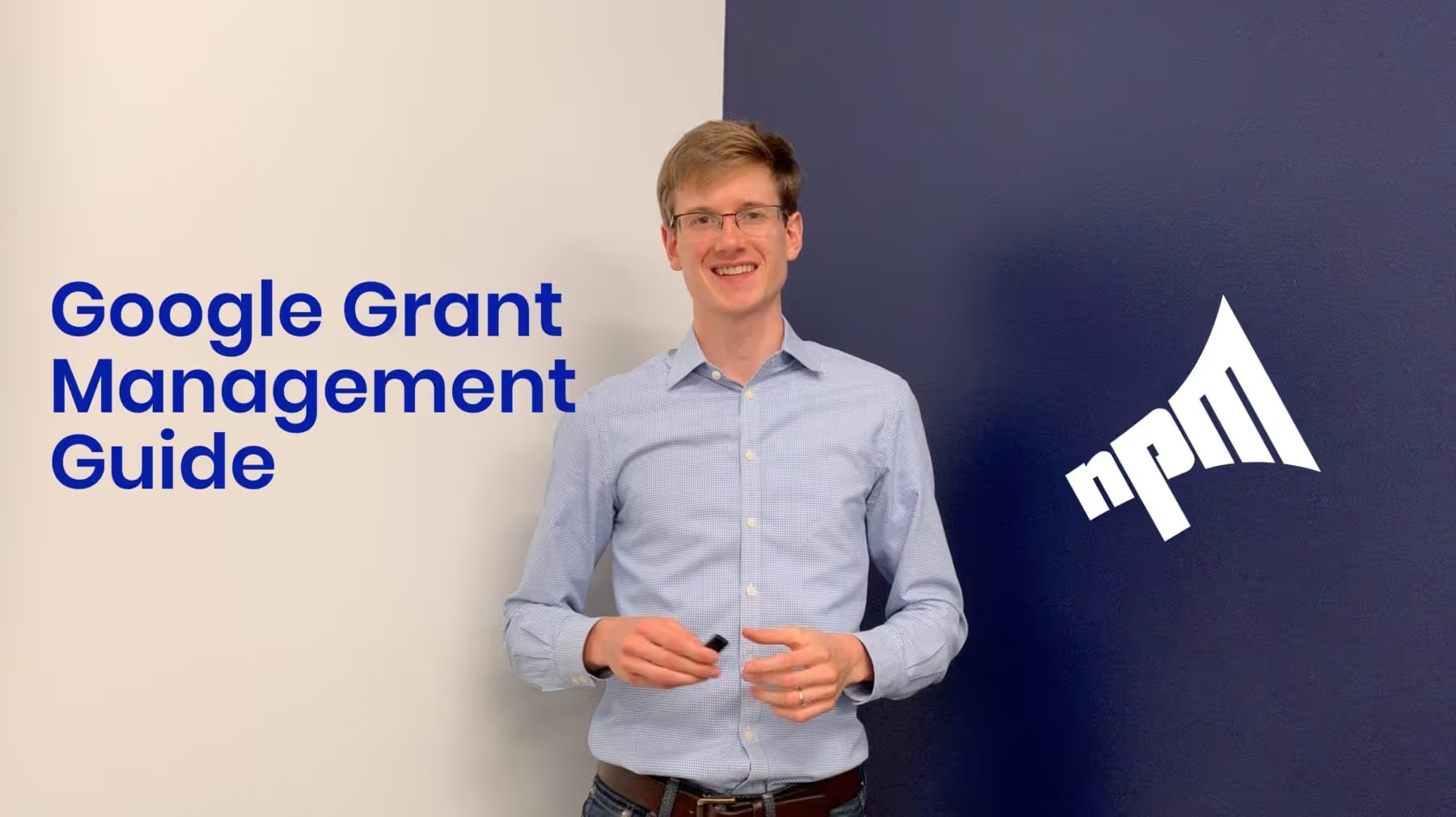
.svg)
.svg)
.svg)

.avif)
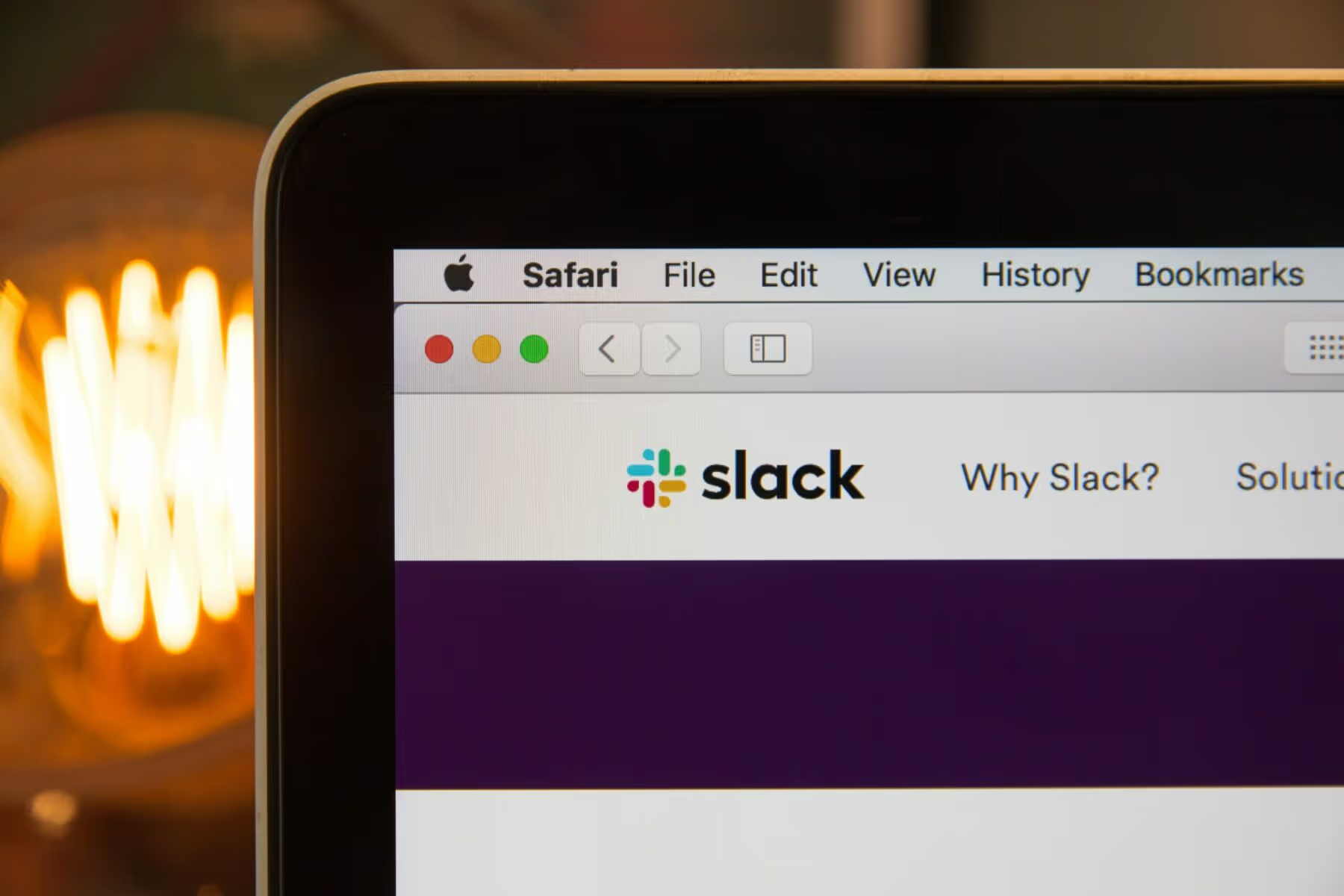




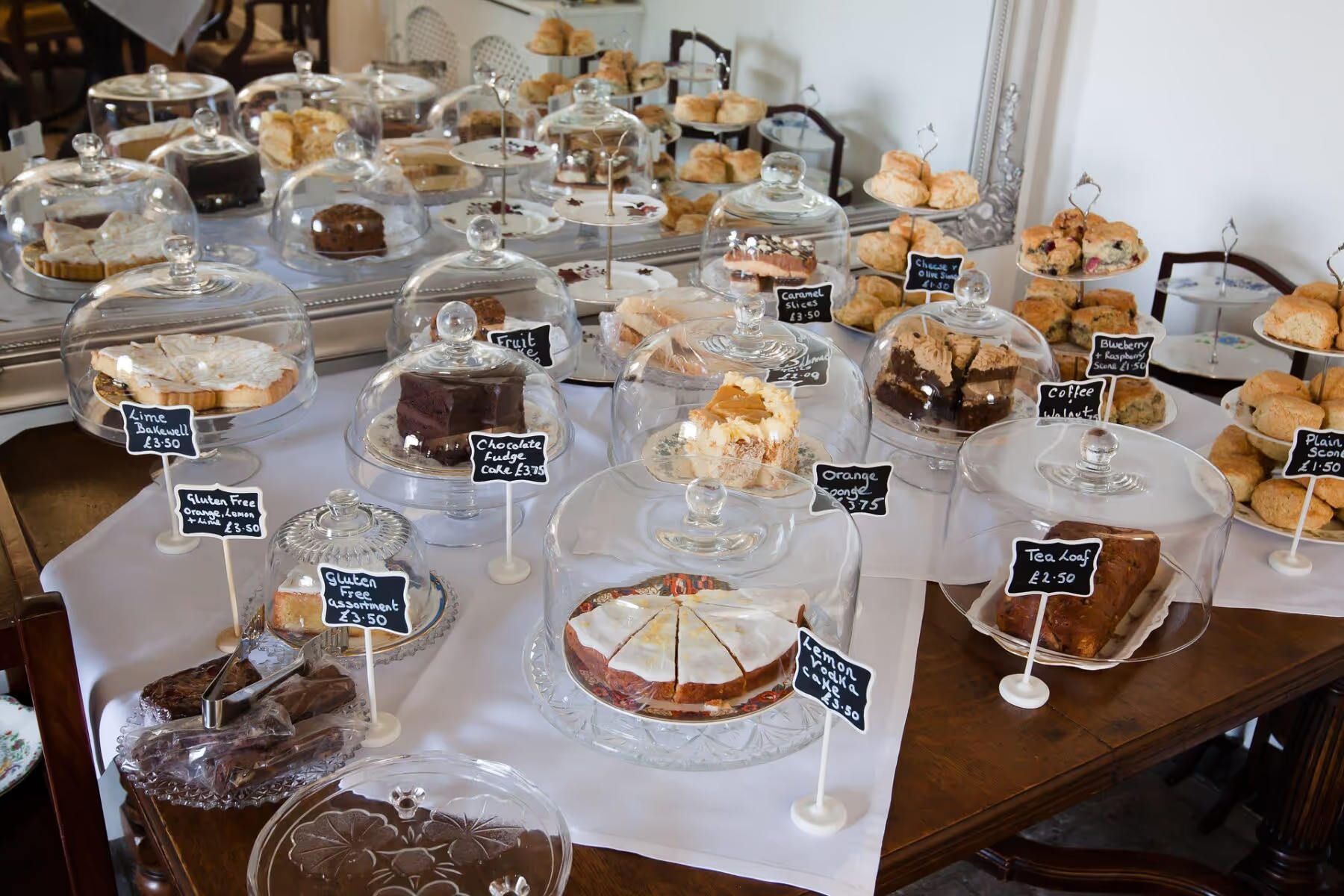


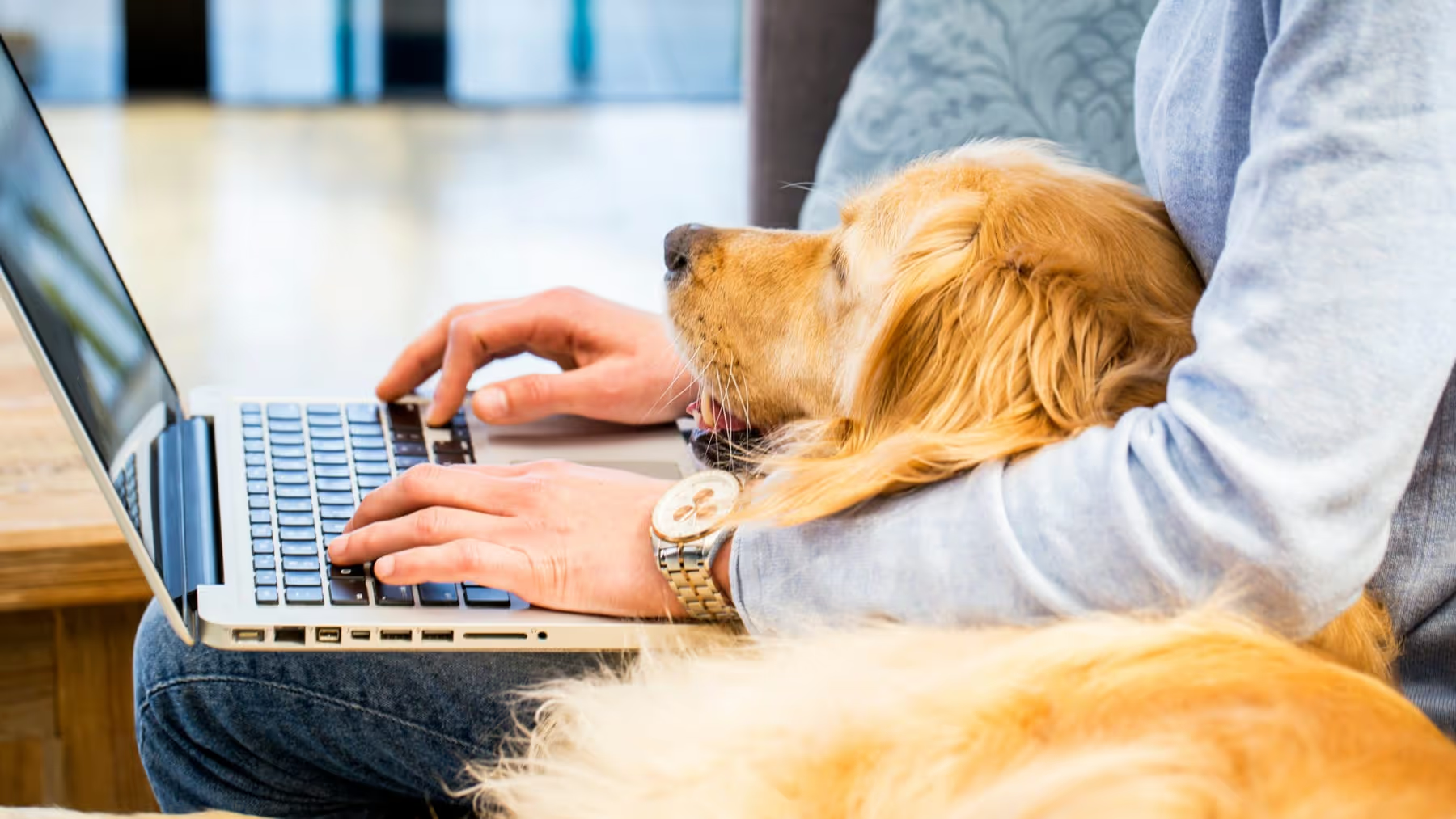
























































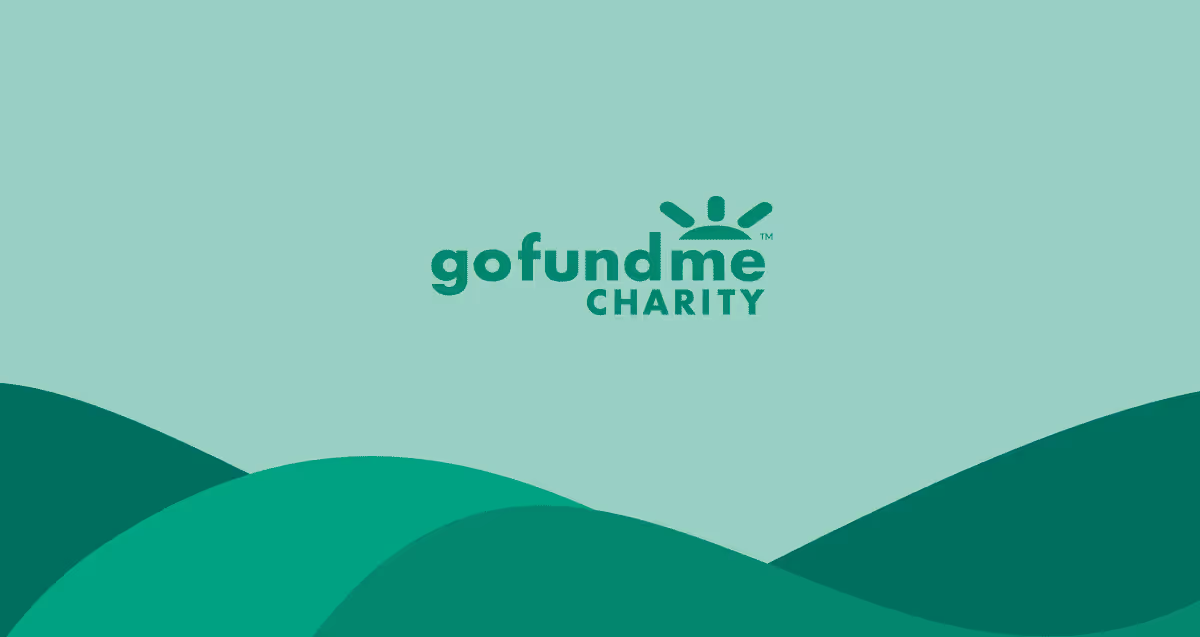







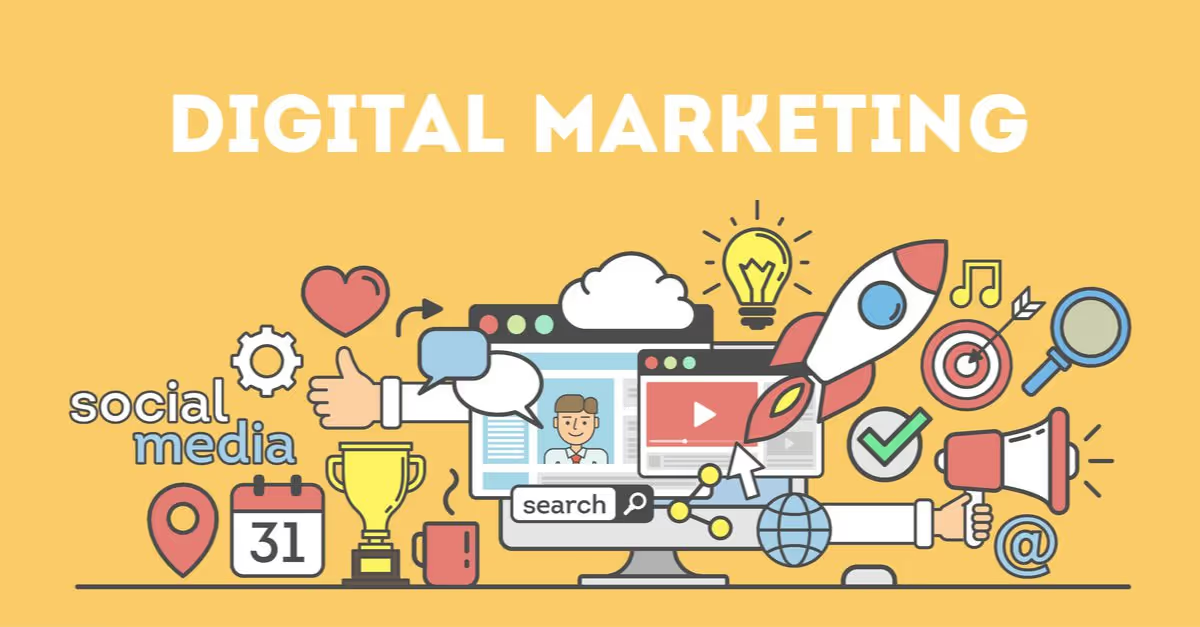
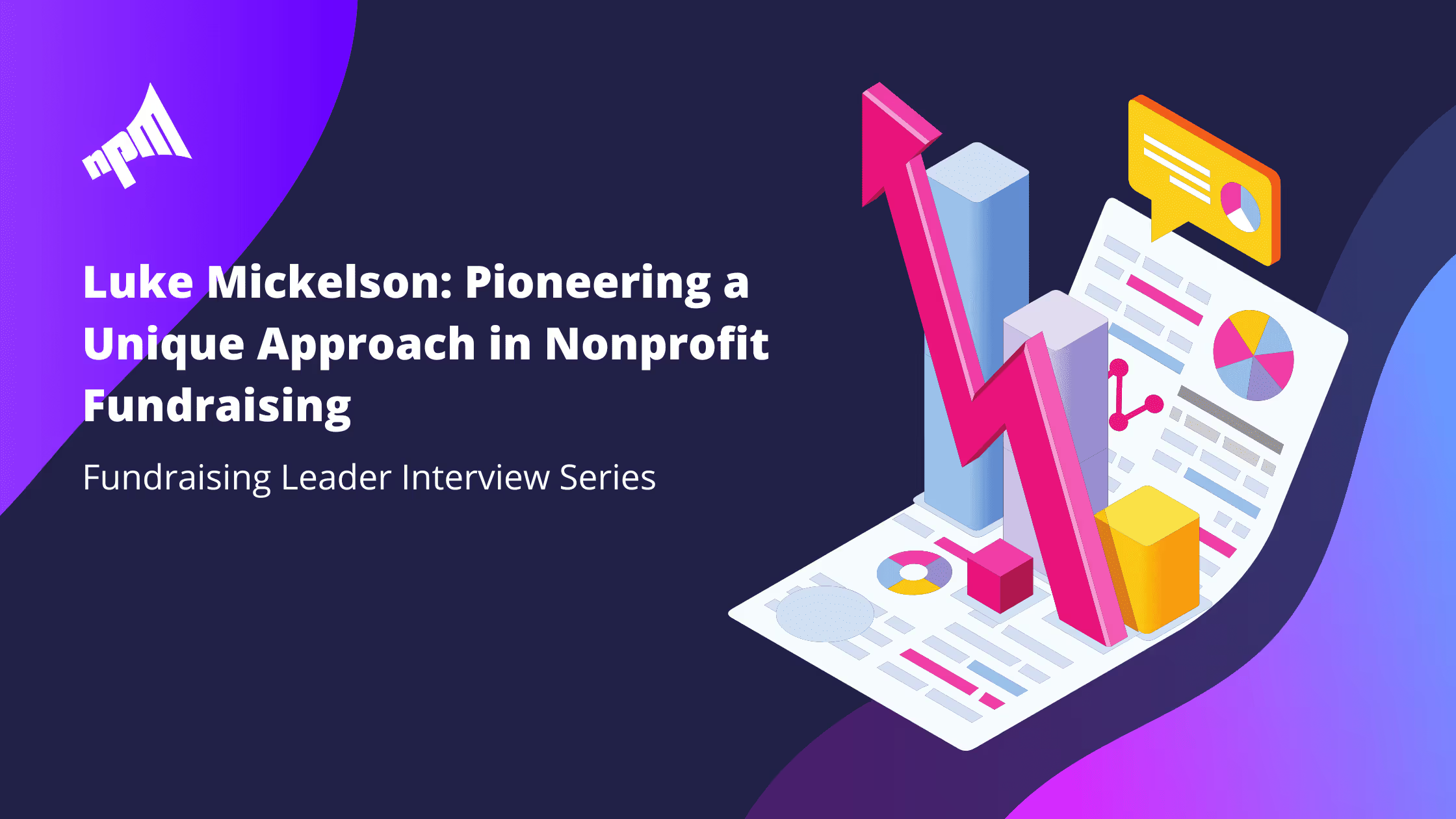




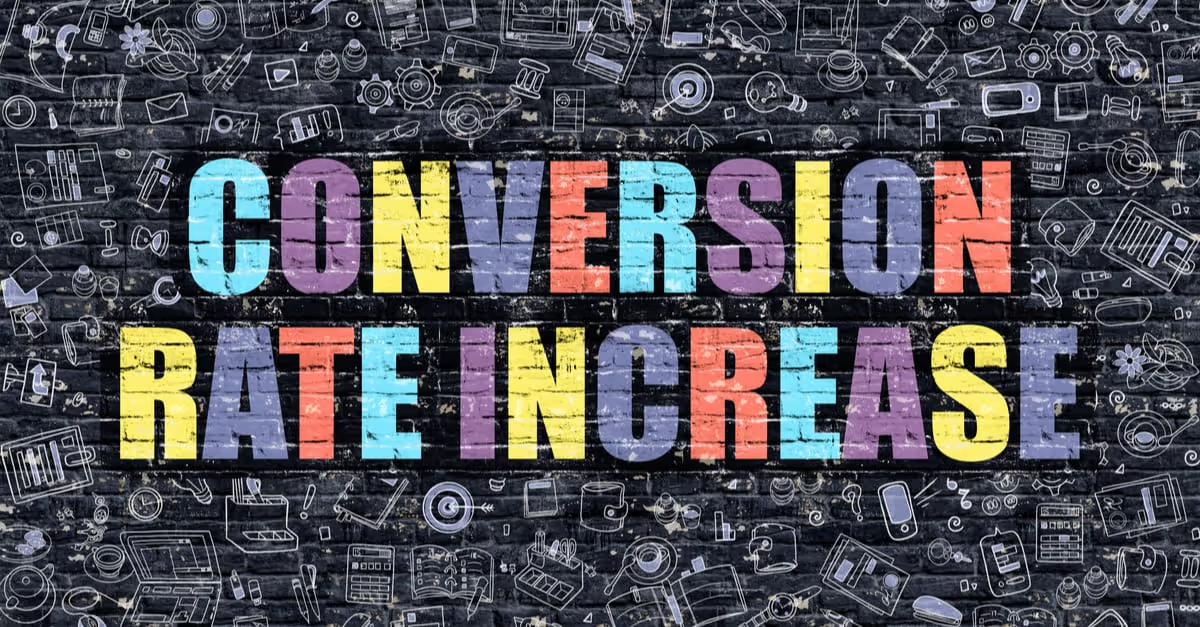
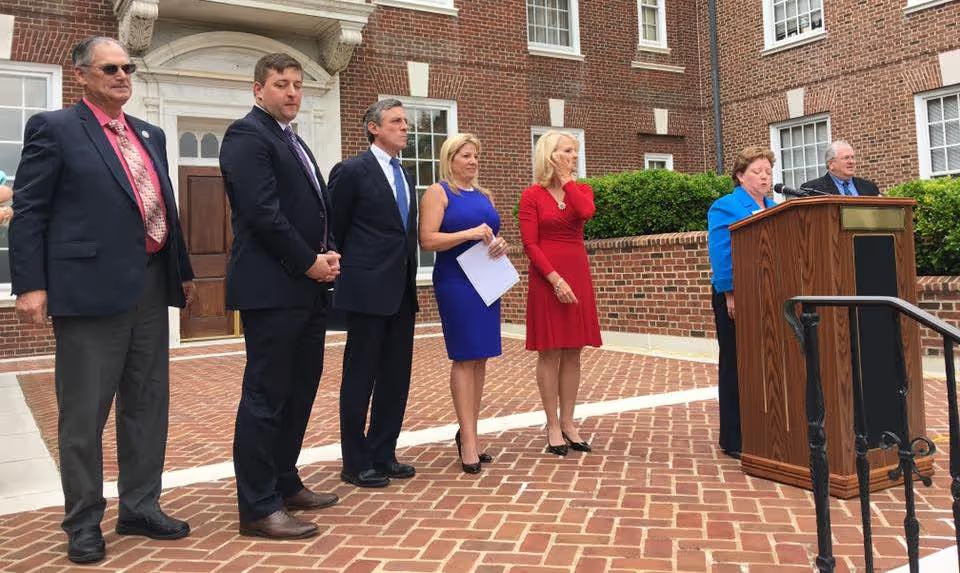








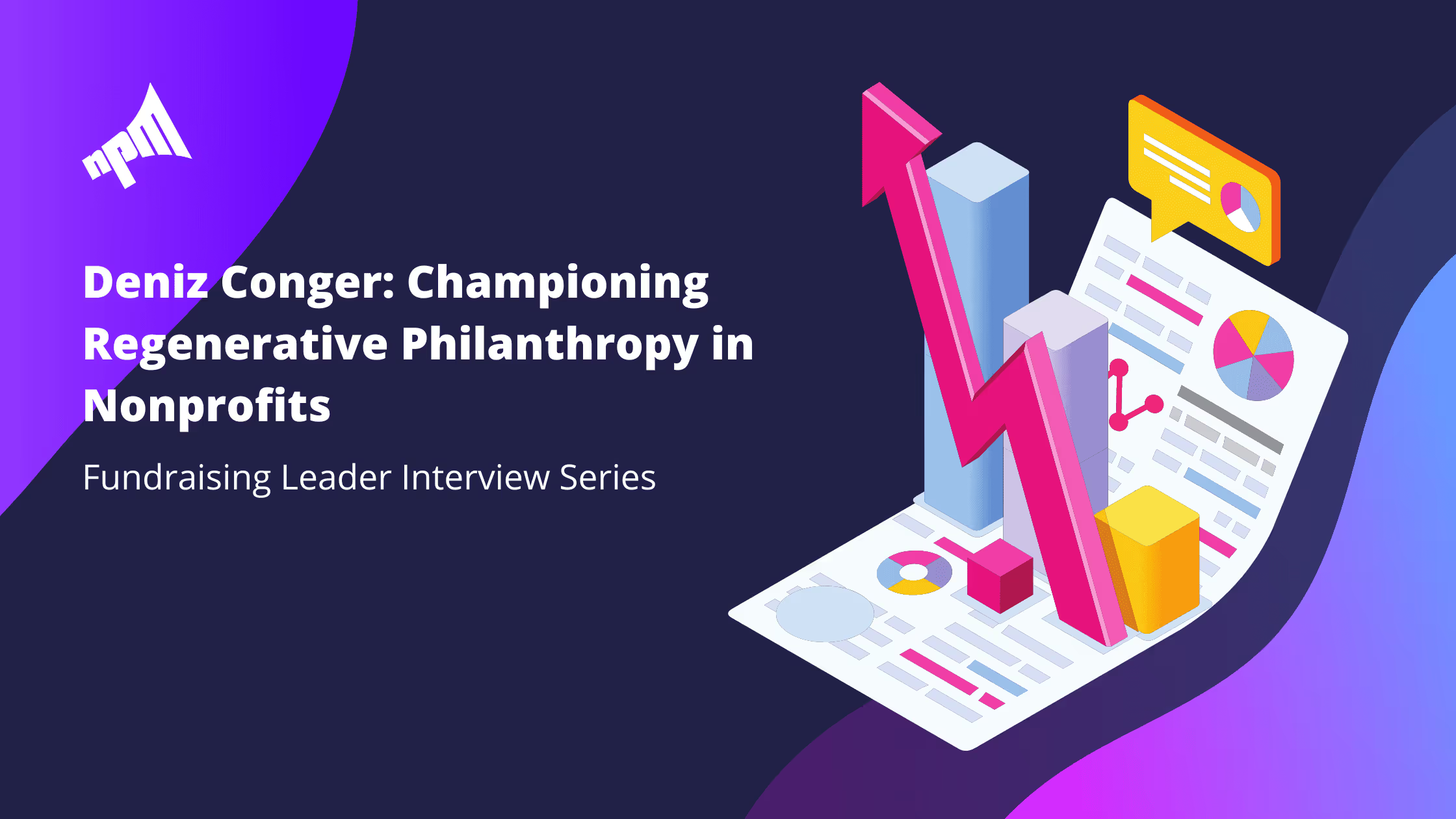











.svg)
.svg)
.svg)
.svg)